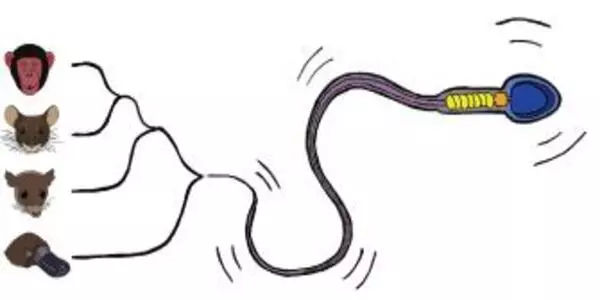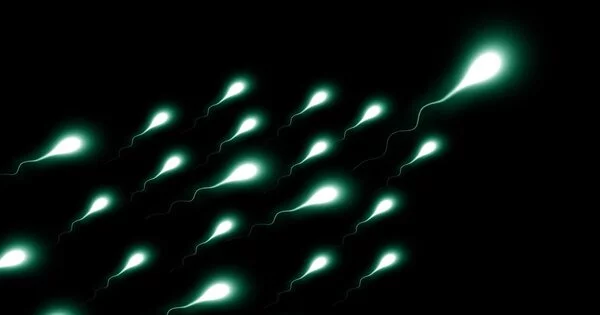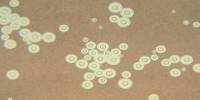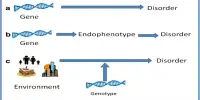Male mammals’ evolutionary pressure to ensure the procreation of their own offspring resulted in the testicle’s rapid evolution. Bioinformatic studies conducted by an international team of researchers led by Prof. Dr. Henrik Kaessmann of Heidelberg University’s Center for Molecular Biology show that this pressure accelerated the evolution of later stages of sperm formation in particular.
The goal of these contrastive studies was to decode the genetic regulation of sperm formation in various species of mammals and humans for the first time, tracing the evolution of this spermatogenesis. At the same time, the researchers were able to identify genes whose activity had remained constant throughout evolution.
Spermatogenesis in the testis is governed by a finely coordinated, complex interplay of gene activity, also known as gene expression. Previously, understanding of these genetic programs was largely limited to the mouse. “As a result, little was known about the genetic foundations that underpin the large differences in spermatogenesis across different mammals, both in terms of the number of sperm cells formed and their properties,” explains Noe Mbengue, a doctoral researcher in Prof. Kaessmann’s group “Evolution of the mammalian genome.”
While the genetic programs in the early stages of spermatogenesis are very similar among mammals, they differ greatly in later stages; this means that the rapid evolution of the testicle is a result of major differences in cells during late spermatogenesis.
Dr. Florent Murat
The Heidelberg researchers have now defined the expression of all genes at the level of individual cells throughout the entire process of spermatogenesis for ten different mammals. They studied organisms from all major mammalian groups, including humans and their closest relatives, great apes. The researchers used cutting-edge single-cell genomics technologies to achieve this.
They were able to trace the evolution of spermatogenesis using bioinformatic comparisons between different mammals based on this data. These comparative studies, according to Prof. Kaessmann, discovered a time-related pattern.

“While the genetic programs in the early stages of spermatogenesis are very similar among mammals, they differ greatly in later stages; this means that the rapid evolution of the testicle is a result of major differences in cells during late spermatogenesis,” says Dr. Florent Murat, a former postdoc in Henrik Kaessmann’s research group and now a group leader at the National Research Institute for Agriculture, Food, and Environment (INRAE) in Rennes (France).
Further research by the scientists revealed genes whose activity had not changed over time. They regulate fundamental processes of sperm cell formation that are shared by all mammals. “As a result, our data provide valuable elements for researching fertility disorders in men,” Prof. Kaessmann explains.
Finally, the scientists’ data enabled them to distinguish sperm cells that carry either an X or a Y chromosome and thus determine the sex of the offspring for the first time. The researchers were able to study gene expression on these sex chromosomes in a systematic manner thanks to this division. According to these findings, gene expression on all male mammals’ sex chromosomes is downregulated during the maturation division known as meiosis. This mechanism is thought to be essential for preventing a harmful genetic exchange between the X and Y chromosomes during meiosis.
The results of the study on the evolution of spermatogenesis across mammals were published in the journal Nature. The European Research Council, the German Research Foundation, the Australian Research Council, and the Novo Nordisk Foundation supported the investigations.
















